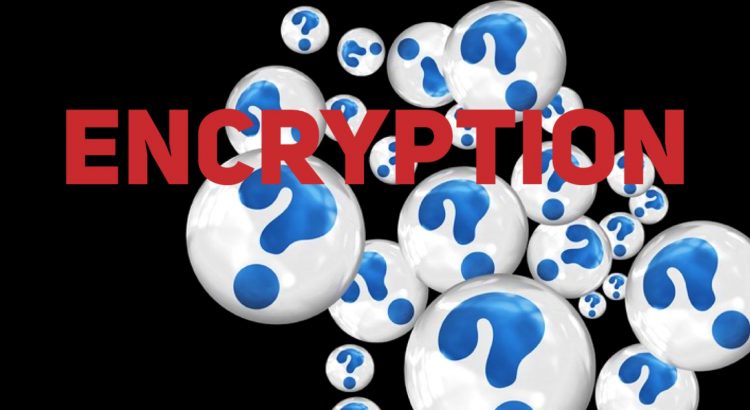The SNIA Networking Storage Forum’s Storage Networking Security Webcast Series continues to examine the many different aspects of storage security. At our most recent webcast on applied cryptography, our experts dove into user authentication, data encryption, hashing, blockchain and more. If you missed the live event, you can watch it on-demand. Attendees of the live event had some very interesting questions on this topic and here are answer to them all:
Q. Can hashes be used for storage deduplication? If so, do the hashes need to be 100% collision-proof to be used for deduplication?
A. Yes, hashes are often used for storage deduplication. It’s preferred that they be collision-proof but it’s not required if the deduplication software does a bit-by-bit comparison of any files that produce the same hash in order to verify if they really are identical or not. If the hash is 100% collision-proof then there is no need to run bit-by-bit comparisons of files that produce the same hash value.
Q. Do cloud or backup service vendors use blockchain proof of space to prove to customers how much storage space is available or has been reserved?
Read More
